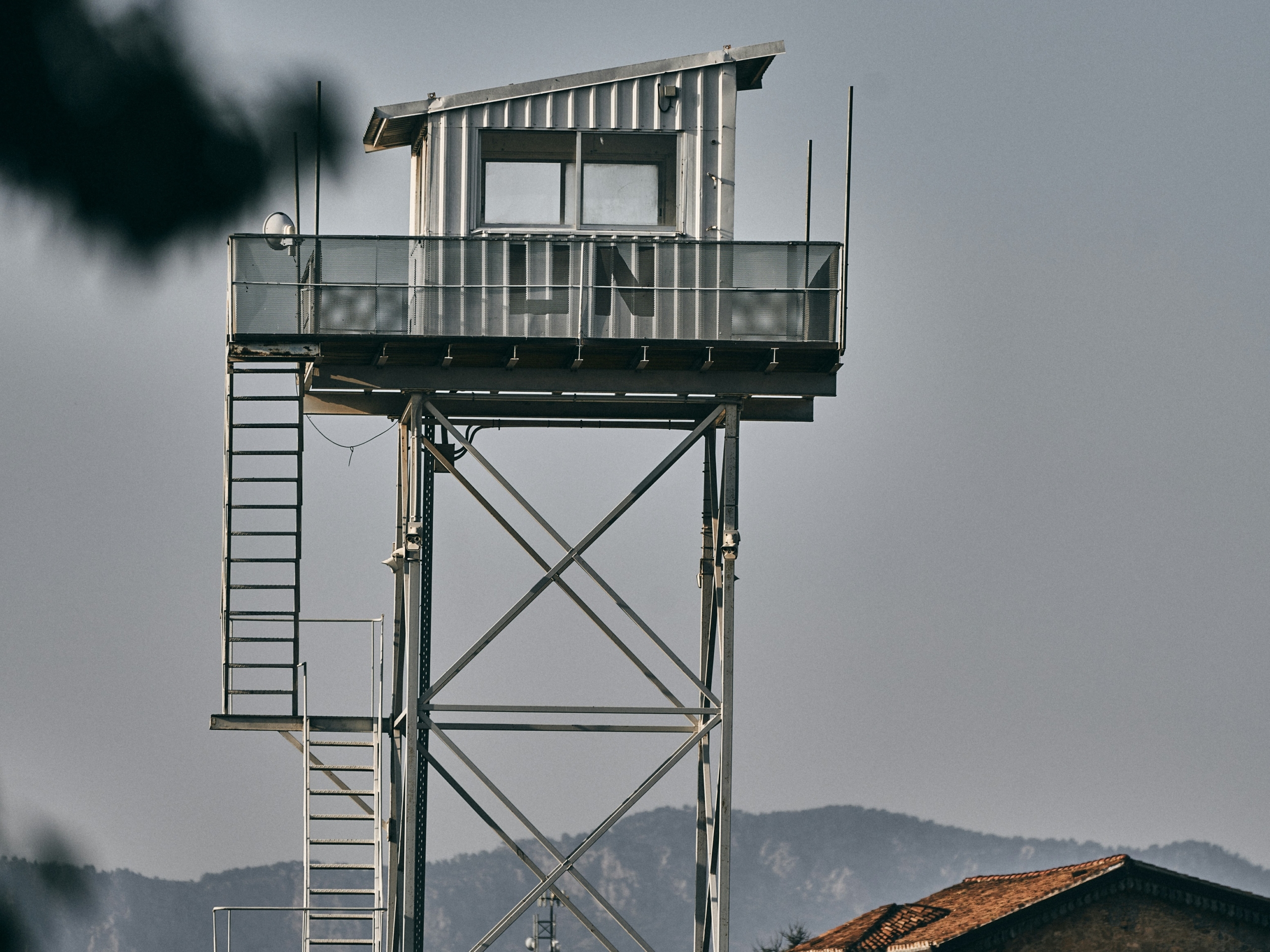Share

Essential but Unworkable? A Look at Transitional Justice Mechanisms via the Cyprus Example
By Ksenia Fedoseeva, School of Law, UCLan Cyprus
“…The Republic of Cyprus (‘RoC’) correspondingly set up the Custodianship regime to deal with Turkish Cypriot properties in its controlled territory. Theoretically, there existed a substantial difference between the two approaches, with Turkey claiming ownership of all properties of displaced persons, while the RoC suggested they still belonged to Turkish Cypriots. In practice, however, actually using the property in any way was not possible in either case. The perpetuated management of the properties performed by the Custodian became problematic once the crossings between the two sides of the island were opened. The ECtHR eventually did not find the Custodianship regime to be in violation in Kazali and others v Cyprus, but the RoC recognised the issue, exacerbated by its refusal to compensate for loss of use of the property, and thus amended Law 139/1991 by creating certain conditions pursuant to which property access would be granted. Nevertheless, the strict conditions of the improved regime excluded the vast majority of Turkish Cypriot applicants and changed little in practice.
Another issue arising from the different approaches occurred when the applicants chose the remedy of exchanging a property they occupy on one side, for the property they were displaced from. This consequently created circumstances where two people can legitimately claim to be owners of the same property at the same time on the basis of how each side viewed this transfer.
These arrangements appeared to undermine the idea of transitional justice remedies in states where issues remain unresolved, but some hope for such mechanisms still exists in other ways. One such example in Cyprus is the bicommunally-constituted CMP, as both sides recognised that dealing with missing people was a salient issue that could not await a resolution of the conflict. The Committee, tasked with recovering and identifying remains of those gone missing between 1963, when violence first began, up until the period of the invasion in 1974, was generally successful. It uncovered remains for half of those missing and gave them to the waiting families, thus relieving them psycologically and allowing the proper exercise of religious funeral and burial traditions. However, the delay in the commencement of the Committee’s operation meant many crucial witnesses as well as relatives passed away, thus valuable information was lost or many died without fully understanding the circumstances of their loved one’s death. Additionally, merely factual truth was often anticlimactic as it revealed technical aspects of the killings but not its culprits or surrounding circumstances, and the language used by officials was rarely as peace-inducing as would have been appropriate for a bicommunal organisation to prevent the continuation of animosity between the two communities. Moreover, a lack of transparency or updates left relatives feeling helpless and did not promote the CMP well enough to encourage more information to be brought in. Hence, despite the CMP being an overall more beneficial arrangement than the one for property, the frozen conflict severely inhibits further development, leaving much doubt around whether truly effective transitional justice remedies are possible without resolving a conflict…”

